Hanoi, the capital of Vietnam, resonates with charm, rich history, and a vibrant culture that seamlessly captivates anyone who visits. The ideal time for experiencing this enthralling city is contingent upon its unique climate, divided into distinct seasons. Each season brings its own allure, from the blooming cherry blossoms in spring to the colorful lanterns of the Mid-Autumn Festival in autumn. Visitors are often taken aback by the contrasting atmospheres while the spring delicately teeters between warmth and humidity, the summer can feel like an embrace from a hot oven. Autumn, however, tends to captivate the heart with its clear skies and temperate conditions, drawing tourists into the streets of the Old Quarter. Lastly, the winter months provide a cozy backdrop, perfect for exploring the city’s cafes and cultural sites without the sweltering heat. Understanding these seasonal nuances is essential for any traveler looking to make the most out of their time in Hanoi.
Hanoi experiences a tropical monsoon climate, showcasing a tapestry of four distinctive seasons: spring, summer, autumn, and winter. Each season leaves its indelible mark on the city’s landscape, culture, and activities available to visitors. Spring, with mild temperatures and blooming flowers, often feels rejuvenating. On the flip side, the oppressive heat of summer may lead to occasional thunderstorms, while the fall transforms the city into a picturesque landscape draped in golden leaves. Finally, winter arrives with cool temperatures, inviting locals and tourists alike to indulge in hot dishes and cozy gatherings.
For travelers, understanding the climate and seasonal changes in Hanoi is integral for planning their visit. Events and festivals align closely with seasonal characteristics, enhancing the experience. This awareness empowers tourists to dive deeper into local traditions, cuisines, and outdoor activities tailored to each season.
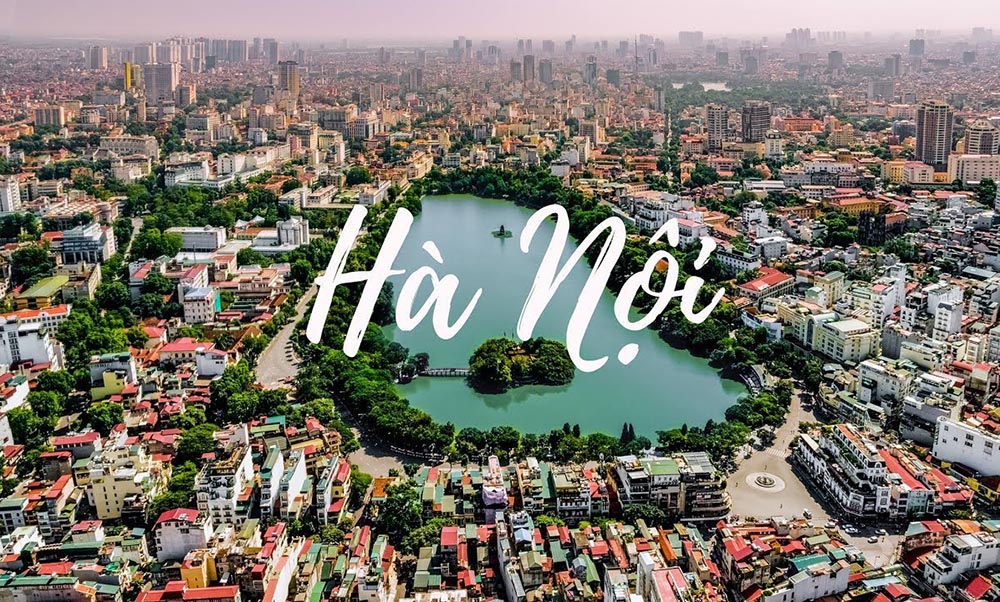
Hanoi’s spring, which spans from February to April, is often hailed as one of the prime times to visit, owing to its moderate temperatures and blooming flora. The average temperatures range from 15.8°C (60°F) to 28°C (82.5°F), providing a refreshing ambiance for outdoor exploration. As February rolls in, the climate offers a gentle embrace, with rainfalls hovering around 20 mm, making it an excellent time for leisurely walks in the parks or leisurely sightseeing in the historical Old Quarter.
Average Temperatures
Rainfall Patterns
The landscape flourishes with vibrant cherry and peach blossoms during this season, transforming the city into a stunning visual tableau. The subtle fragrance of blooming flowers waifts through the air, inviting locals and tourists alike to partake in outdoor activities. From exploring the Hoan Kiem Lake to enjoying traditional street food, spring in Hanoi offers a delightful experience. The tranquility of the season, contrasted with the chaotic summer months ahead, provides a serene atmosphere many cherish.
A visit in spring also entails exciting cultural festivities. The Lunar New Year, known as Tết Nguyên Đán, often falls around late January or early February. This time is marked by family reunions, traditional customs, and colorful decorations filling the streets. Additionally, the Perfume Pagoda Festival attracts numerous pilgrims, allowing visitors to experience not only the city’s breathtaking landscape but also the local spirituality and culture.
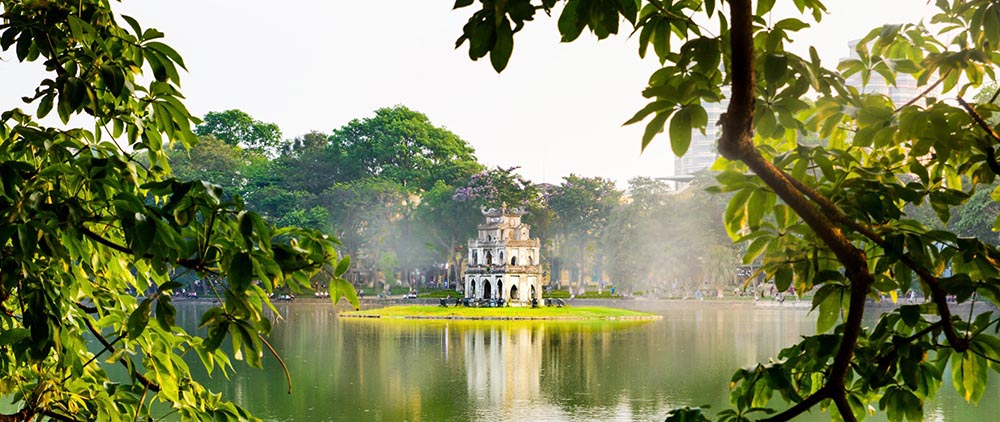
Summer in Hanoi, which stretches from May to August, presents an entirely different narrative. The heat becomes a dominant force, with temperatures soaring between 28°C (82°F) and 40°C (104°F). Humidity levels can exceed 90%, creating a muggy and sometimes suffocating atmosphere. Heavy rain showers, especially in July and August, are common, contributing to a sometimes chaotic yet lively vibe across the city.
Although summer may not be the most comfortable time for tourists, it brings a unique cultural authenticity and local flavor. This season is characterized by vibrant festivities such as the Lotus Festival and the Mid-Autumn Festival, during which locals celebrate with traditional foods and colorful lanterns. The energy in the streets is palpable as families and friends come together to enjoy these celebrations, presenting visitors with a fascinating glimpse into Vietnamese culture.
Season Highlights:
Morning Activities:
Cultural Experiences:
Despite the high temperatures and possibility of rain, this season also ushers in an opportunity for tourists to discover unique indoor attractions such as museums and art galleries. Culinary adventures abound, with people seeking refreshing summer dishes and drinks, including cool beverages like iced Vietnamese coffee.
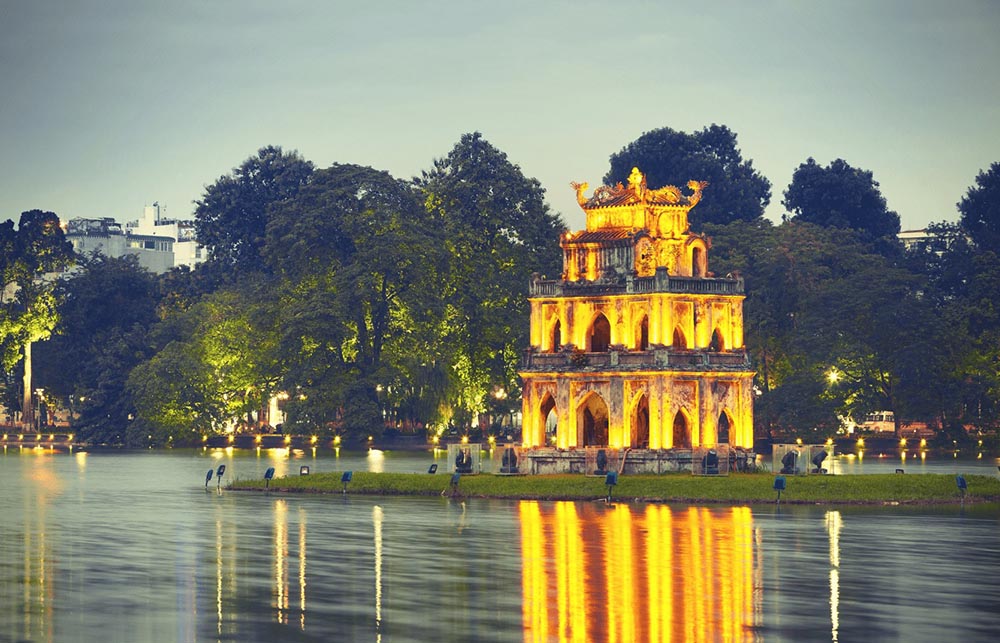
Often regarded as the best time to visit Hanoi, autumn casts a golden hue over the city from September to November. The temperatures range from 18°C (64°F) to 25°C (77°F), coupled with a drop in humidity, creating an exceptionally comfortable climate. The clear blue skies and gentle breezes allow for pleasant outdoor exploration, making it ideal for sightseeing around the iconic Hoan Kiem Lake or wandering through the narrow streets of the Old Quarter.
One of the most alluring aspects of Hanoi’s autumn is the picturesque scenery. The once-vibrant green leaves transform into a striking palette of gold, red, and orange, captivating photographers and nature lovers alike. The appeal of strolling through the city at this time is undeniable, allowing visitors to immerse themselves in the tranquil beauty that autumn brings.
Season Highlights:
During this enchanting season, food takes center stage as well; local favorites like Bánh Trung Thu (mooncakes) become staples of the Mid-Autumn Festival. Street vendors flood the markets with a variety of fresh seasonal fruits and delicacies, inviting everyone to indulge their taste buds.
The blend of cultural experiences, pleasant weather, and vibrant surroundings culminates in an unforgettable journey through Hanoi. Whether photographing the intricate architecture under a quilt of golden leaves or enjoying local festival delicacies, the autumn months create a harmonious ambiance that continues to resonate with visitors long after they depart.
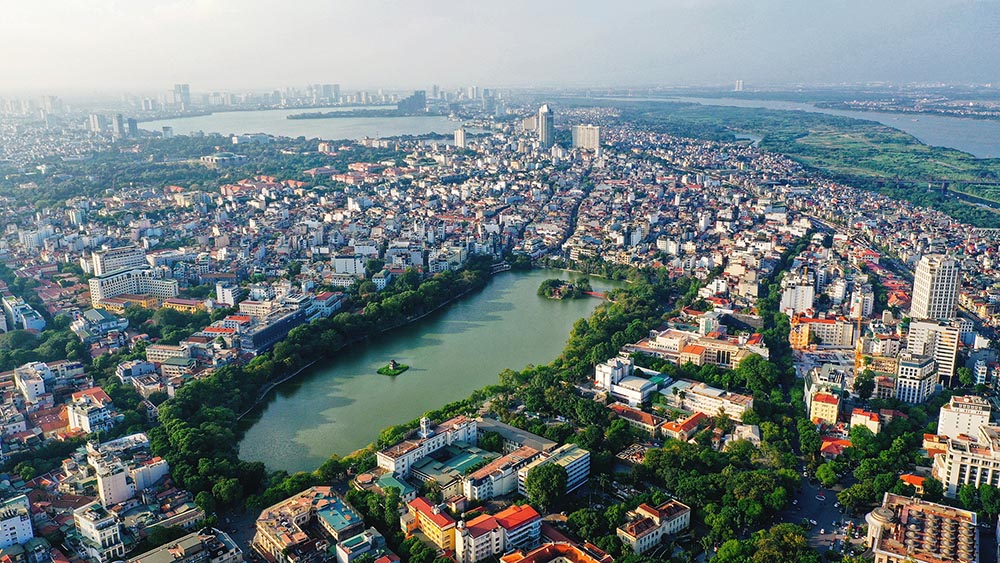
As winter unfolds from December to January, Hanoi transforms into a cooler version of itself, with temperatures ranging from 10°C (50°F) to 20°C (68°F). The air can feel brisk, especially at night, with some evenings dropping just below the 10°C mark. During this period, the high humidity (around 70% to 75%) creates a chilling effect, especially as clouds hover and occasional drizzles appear.
Despite the chill, winter in Hanoi comes with its unique charm. The streets adorned with peach blossoms and kumquat trees create a festive environment, especially during the Tết Nguyên Đán, or Lunar New Year. This holiday epitomizes Vietnamese culture, with families honoring their ancestors and exchanging blessings. Visitors can experience the spirit behind the celebrations, from traditional ceremonies to local delicacies like bánh chưng (sticky rice cake).
Winter Highlights:
Seasonal Delicacies:
Cultural Attractions:
While winter may not traditionally attract large crowds as other seasons do, this period gives visitors the chance to explore historical sites in relative peace. The diminished tourist population allows for a deeper connection with local life, making it an opportune time to engage in meaningful conversations with residents who share their stories and traditions.
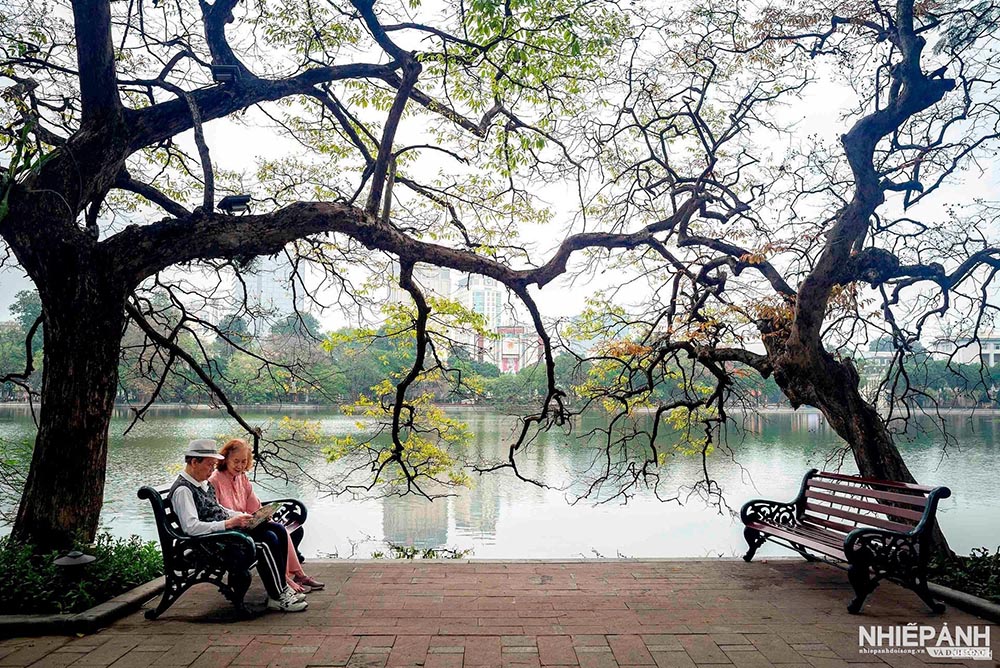
The optimal months for visiting Hanoi are typically seen between October and December and February to April. These periods offer favorable weather conditions that invite visitors to explore the city comfortably. During these times, temperatures range comfortably between 20°C (68°F) and 28°C (82°F), accompanied by lower humidity and minimal rainfall, perfect for outdoor activities and sightseeing.
Catchy autumn afternoons regarding September to November are cherished for their pleasant weather. At the same time, spring months, particularly March and April, come alive with cultural activities and blooming flowers, enhancing the overall visitor experience.
By understanding these periods, travelers can make informed decisions about their visits, ensuring they enjoy Hanoi's unique offerings to their fullest potential be it festivals, culinary discoveries, or exploring historical landmarks.
The months between October and November, as well as March and April, are regarded as the best months for experiencing pleasant weather in Hanoi. During these times, the climate remains mild and refreshing, providing a welcoming atmosphere for tourists eager to explore the city's myriad attractions.
In October, as autumn sets in, temperatures hover around 22°C (72°F) to 27°C (81°F), inviting adventurers to experience the vibrant street life and natural beauty of Hanoi. The low humidity, averaging around 75%, ensures that outdoor excursions remain comfortable and enjoyable.
In contrast, March and April usher in spring, showcasing a similar pattern with moderate temperatures, blossoming flowers, and lively street scenes. The delightful weather becomes a factor in organizing numerous local festivals that further enrich visitors' experiences, such as the widely celebrated Perfume Pagoda Festival.
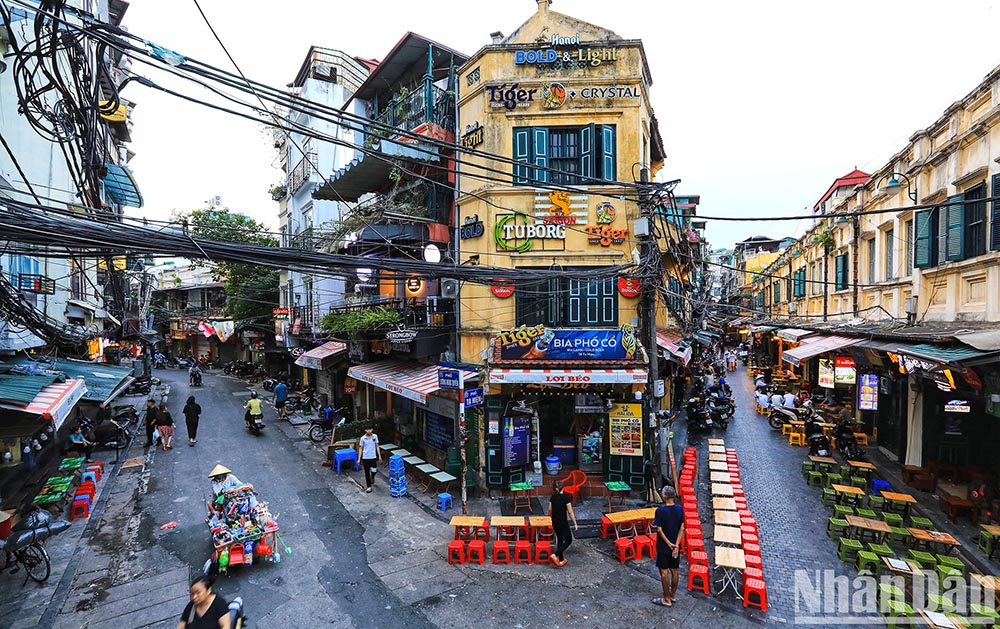
May through September signifies the low season for tourism in Hanoi, primarily due to the scorching heat and high humidity. Temperatures can soar to 35°C (95°F) and above, often putting off potential travelers. Humidity levels can fluctuate above 90%, making the air feel heavier and less inviting.
However, while summer may be less appealing, some tourists might find the thrill of experiencing local life unique during this period. With fewer crowds, those who choose to venture to Hanoi may discover hidden gems that are often lost in the hustle and bustle of the busy tourist seasons.
Proposed it itineraries for low-season visits:
Potential Benefits of Traveling During Low Season:
Ultimately, while planning during this period could be less desirable for some, unexpected adventures and cultural immersion await those willing to endure the heat and humidity.
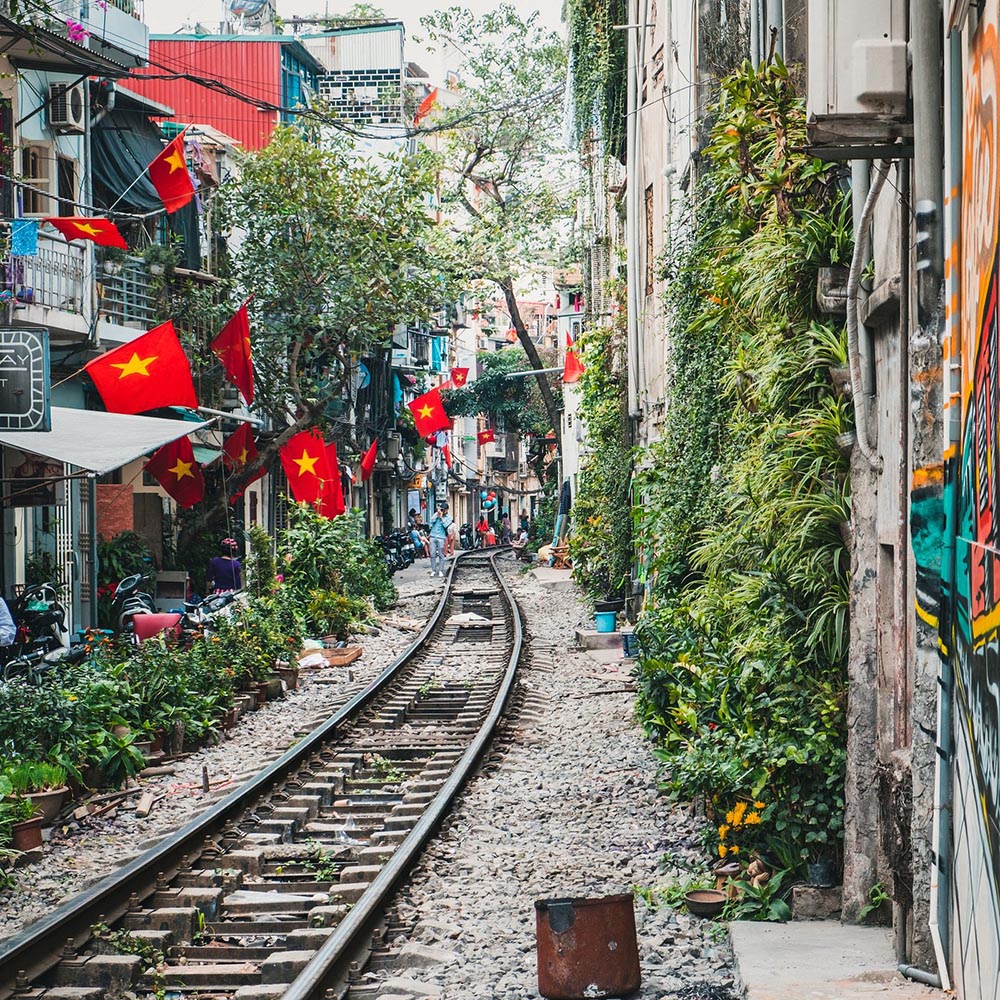
When considering the best time to explore Hanoi, one must note the various activities and festivals available throughout the year. Each season offers unique rhythms and cultural experiences that enrich any visit to this captivating city.
Spring invites tourists to join in the vibrant celebrations of Tết Nguyên Đán, where the festive atmosphere fills the streets with joyous gatherings. Festivals such as the Lim Festival, celebrated for its folk singing tradition, create opportunities for travelers to witness traditional music and dance.
Meanwhile, summer not only brings heat but also numerous local festivities, like the Hanoi International Film Festival, encapsulating the diversity of Vietnam’s artistic expressions while showcasing significant local talents through engaging performances.
Autumn radiates with charm, highlighted by the Mid-Autumn Festival where families and tourists alike share mooncakes and light colorful lanterns, fostering unity and joy among all participants. Lastly, winter cloaks the city in a cozy ambiance, letting visitors enjoy traditional meals and cultural gatherings that ring in the Lunar New Year.
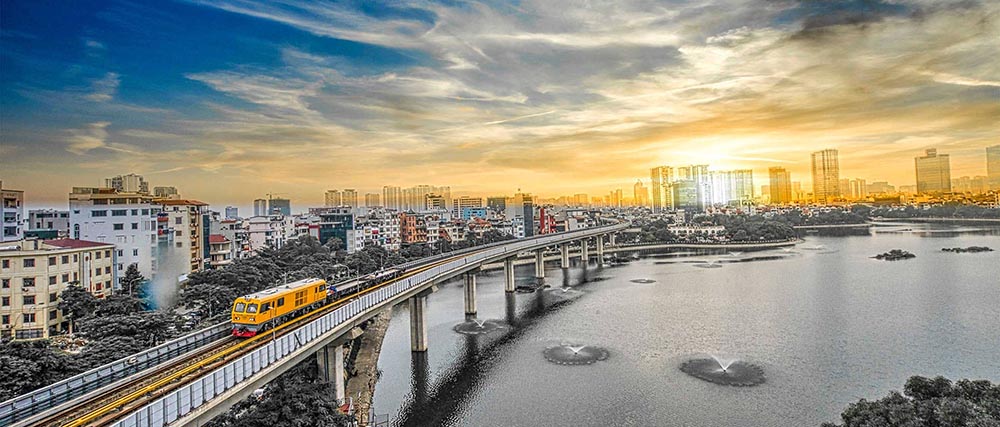
Hanoi awakens vibrantly in spring, particularly from February through April. Festivals during this period are filled with customs and traditions, allowing travelers to appreciate the depth of Vietnamese culture. The Lunar New Year (Tết Nguyên Đán), the most significant celebration in Vietnam, is characterized by family reunions, extravagant decorations, and traditional rituals.
The festivities extend beyond the New Year. Local events such as the Lim Festival pay homage to the traditional singing of Quan Ho folk songs, inviting visitors to immerse themselves in local customs while enjoying performances in traditional attire.
| Festival | Date | Highlights |
|---|---|---|
| Tết Nguyên Đán | Late January or early February | Family reunions, cultural traditions, landscape adorned with peach blossoms |
| Lim Festival | 12th or 13th lunar month (February) | Folk singing performances and traditional costumes |
| Perfume Pagoda Festival | Mid-February to May | Scenic boat rides, hiking, religious ceremonies |
Overall, spring in Hanoi serves as a delightful gateway, combining traditional festivities with budding flowers and rejuvenated atmospheres, making it a truly remarkable time to visit.
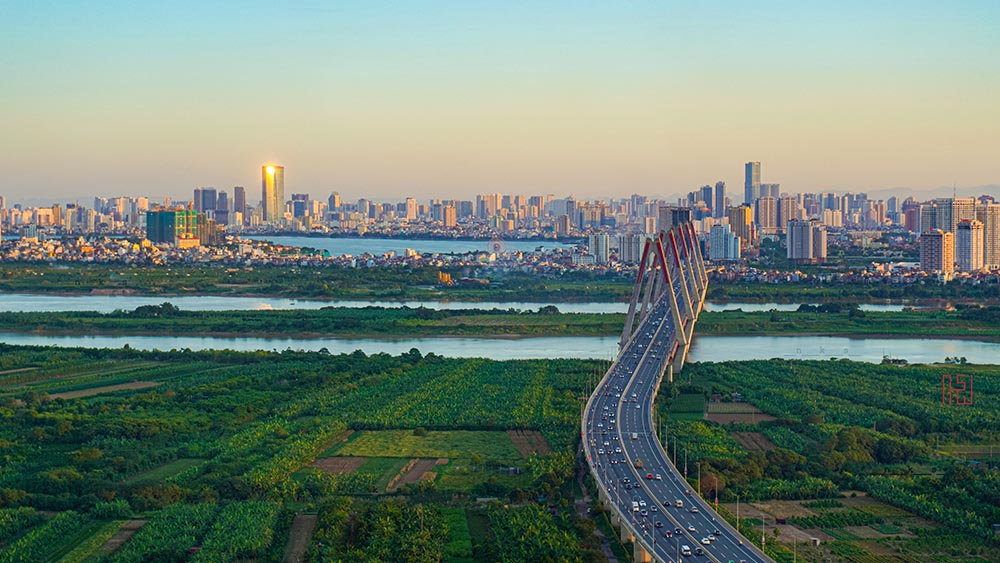
The summer months in Hanoi may be characterized by heat and humidity, but they are nothing short of vibrant. From May to August, locals engage in a series of celebrations and festivals that exhibit the cultural richness of this dynamic city. Tết Đoan Ngọ, also known as the Mid-Year Festival, typically falls in June, allowing families to pay homage to their ancestors with special offerings. This festival is a time for reunion and reflection, giving visitors poignant insights into Vietnamese values and familial bonds.
Despite the sweltering temperatures, locals find ways to enjoy summer through culinary delights. Warmer weather calls for refreshing snacks like chè, a sweetened dessert that cools down sizzling afternoons. Exploring Hanoi’s food scene adds another layer of adventure as street vendors serve mouthwatering delicacies during the lively summer festivities.
| Event | Date | Highlights |
|---|---|---|
| Tết Đoan Ngọ | June | Family reunions, special foods |
| Hanoi International Film Festival | Biennial in October, events in summer | Celebrating local and international cinema |
Summer, with its exhilarating energy, provides an immersive experience for tourists willing to embrace the unique challenges and rewards of visiting during this bustling season.
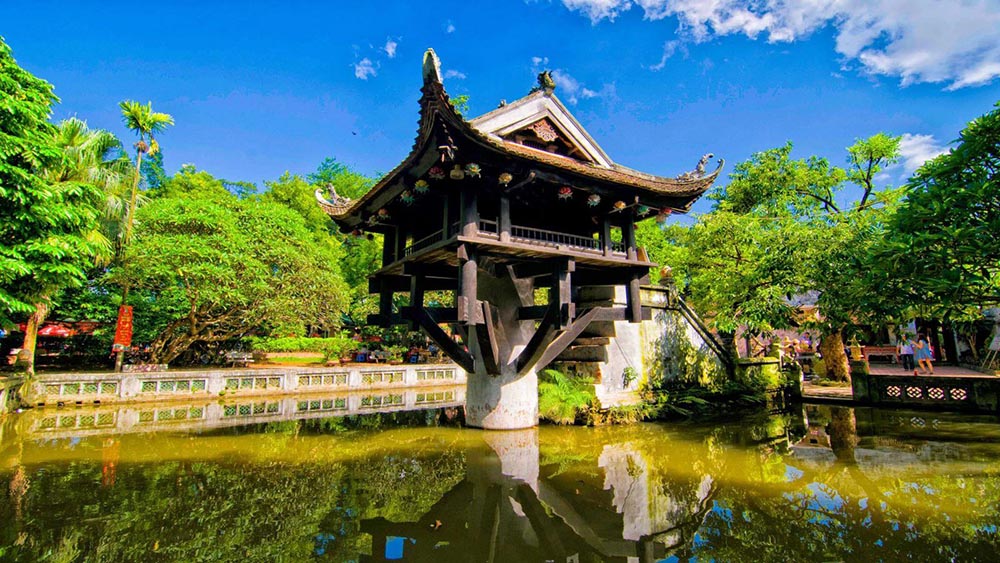
Autumn embodies the beauty of Hanoi from September to November. It showcases an impressive lineup of events that reflect the cultural essence of Vietnam. The Mid-Autumn Festival, celebrated on the 15th day of the eighth lunar month, captivates both locals and visitors alike. Families come together to indulge in mooncakes, share stories, and engage in lantern parades illuminated by laughter and joy.
As the leaves turn gold and red, breathtaking photo opportunities arise, each frame telling a story of the vibrant life that unfolds in Hanoi. Cultural performances also flourish, with artisan battles showcasing local craftsmanship, lion dances, and folk art leading the way in celebrating the ensemble of tradition and modernity.
| Event | Date | Highlights |
|---|---|---|
| Tết Trung Thu | 15th day of the eighth lunar month | Lantern parades, mooncake shares, family gatherings |
| Hanoi Autumn Festival | September to November | Cultural performances, showcasing traditional crafts |
The inviting aura of autumn coupled with myriad celebrations makes this season an enchanting time to visit and absorb the cultural heartbeat of Hanoi.
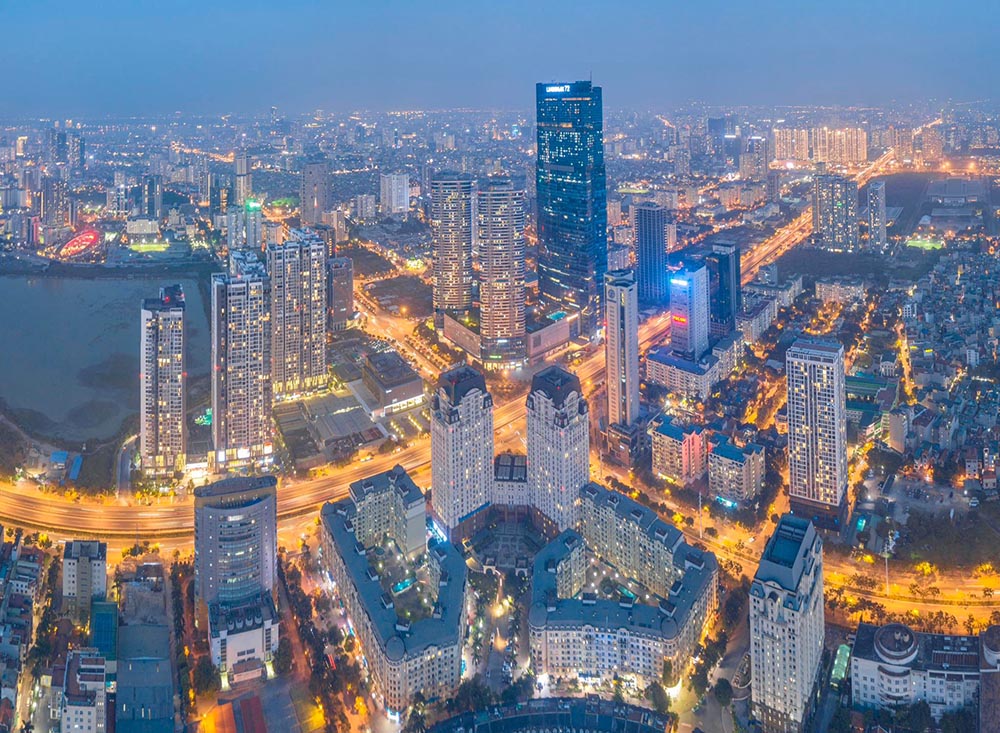
While winter may seem less appealing to some, it brings with it a host of cultural celebrations and delightful culinary experiences. From December to January, the atmosphere in Hanoi softens as local families prepare for Tết Nguyên Đán, the most significant festival marked by family reunions, cultural accolades, and cherished traditions. Streets adorned with festive decorations and colorful flowers provide a warm welcome to residents and visitors alike.
Key Winter Celebrations:
Local Delights:
Local markets during the winter brim with vibrant energy as residents partake in holiday shopping, exchanging gifts, fusing tradition with contemporary tastes that attract curious visitors to enjoy the scene.
| Event | Date | Highlights |
|---|---|---|
| Tết Nguyên Đán | January or February | Family reunions, festive spirit, hot dishes |
| Winter markets | December to January | Cultivating local culture while promoting delicious seasonal treats |
Ultimately, the heartwarming allure of winter in Hanoi offers visitors a chance to witness the spirit of togetherness deeply rooted within Vietnamese culture. Warm dishes and festive gatherings create a cozy experience like no other, inviting visitors to step into a world where traditions prevail.
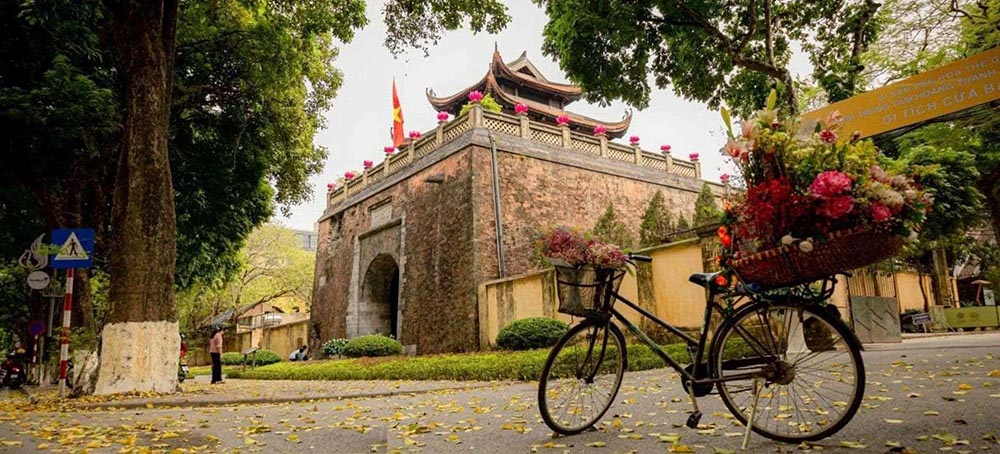
The distinct seasons in Hanoi delineate an amalgamation of weather conditions that visitors should keenly note while planning their trips. Understanding the climatic variations helps travelers prepare for the best experiences tailored to each season.
Knowing the temperatures and humidity levels across the seasons paints a vivid picture for potential travelers. For instance, the milder climate in spring and autumn can entice visitors to explore historical landmarks and vibrant local markets, whereas the summer months, marked by intense heat and humidity, may lead to fewer outdoor activities.
Spring:
Summer:
Autumn:
Winter:
Recognizing the potential discomfort of summer heat against the refreshing ambience of spring or autumn sets the tone for more rewarding experiences when visiting Hanoi.
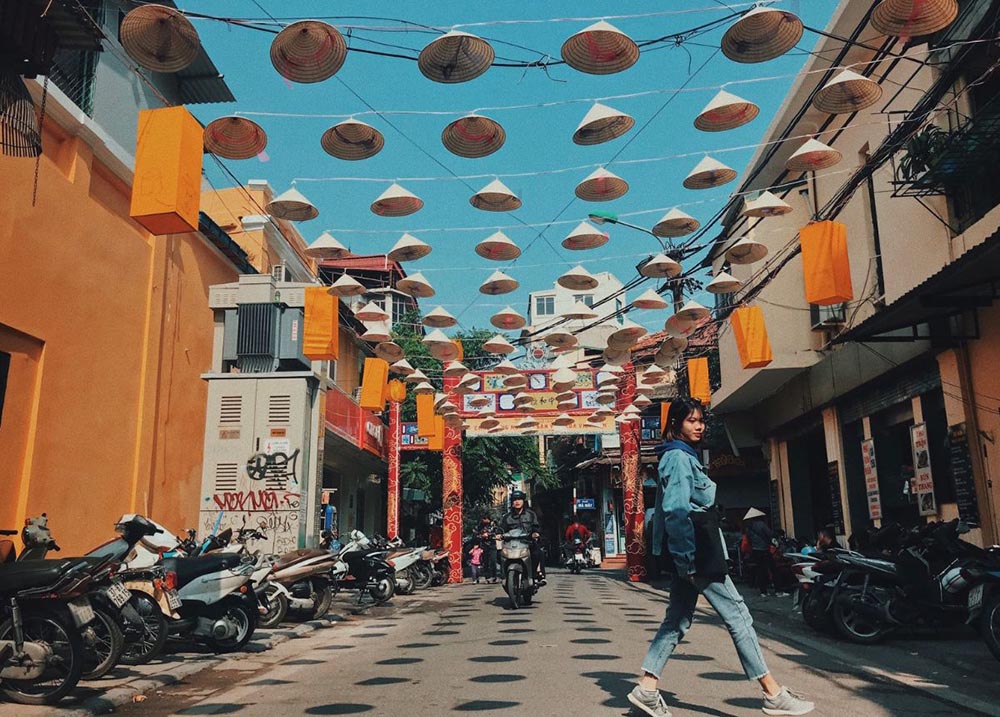
Analyzing Hanoi’s rainfall patterns throughout the year reveals essential insights for travelers who wish to navigate their schedules effectively. Seasonal differences can influence how locals and visitors alike interact with the environment and adapt to changing weather conditions.
Spring Rainfall:
Summer Rainfall:
Autumn Rainfall:
Winter Rainfall:
By understanding these rainfall patterns, travelers can optimize their plans whether to schedule indoor activities during heavy rainfall or to revel in outdoor festivities during drier seasons.
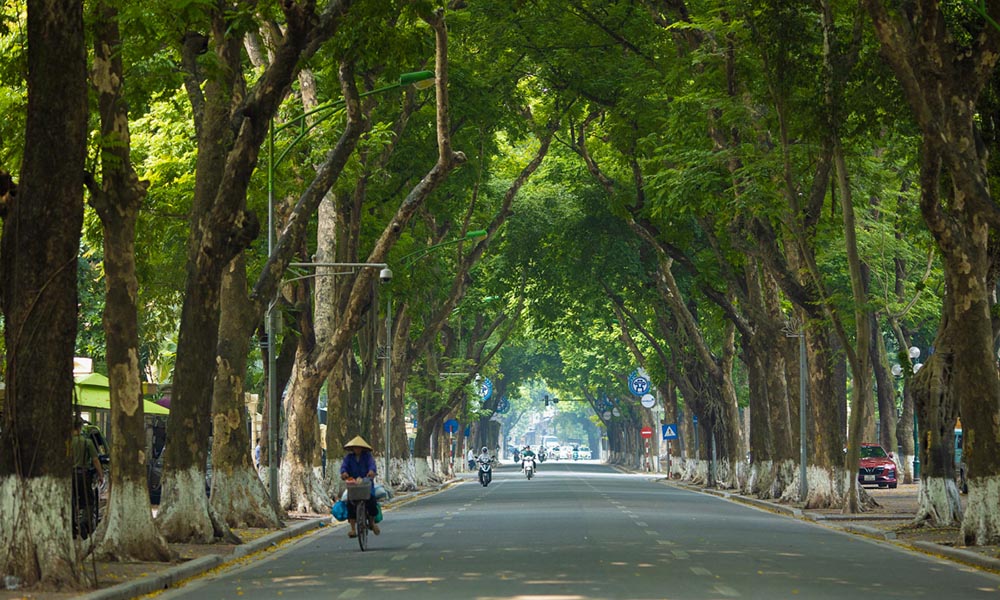
What is the best time to visit Hanoi?
The optimal months to visit Hanoi are October to December and February to April, offering pleasant weather and various cultural activities.
What activities are popular in spring?
Spring offers vibrant festivities such as Tết Nguyên Đán and the Perfume Pagoda Festival, allowing visitors to partake in local traditions and celebrations.
Is summer a good time to visit Hanoi?
While summer features high temperatures and humidity, it also hosts lively festivals. Visitors looking to explore local culture may find unique experiences during this time.
How does autumn in Hanoi feel?
Autumn in Hanoi is characterized by refreshing temperatures, golden foliage, and captivating festivals like the Mid-Autumn Festival, providing excellent sightseeing opportunities.
What should I wear when visiting Hanoi in winter?
During winter months, layering is advisable; light jackets, scarves, and casual attire work best to keep warm while exploring outdoor markets and cultural sites.
Visiting Hanoi, Vietnam, at the right time can significantly enhance the experience, as the distinctive seasons and corresponding festivities offer travelers unique insights into the local culture and lifestyle. From the vibrant energy of spring to the cozy charm of winter, the capital unfolds its beauty and traditions year-round. By embracing the seasonal nuances from careful weather planning and attending seasonal festivals to indulging in local cuisines tourists can fully immerse themselves in the rich tapestry that is Hanoi.
The key to an unforgettable journey lies in understanding what each season has to offer; thus, the memories created against the varied backdrops of this charming city will linger in your heart long after the visit. Whether you wish to enjoy the blossoming flowers of spring, the cultural festivities in summer, the picturesque scenery in autumn, or the heartwarming winter celebrations, Hanoi delivers an enriching experience that is impossible to surpass. Happy travels!